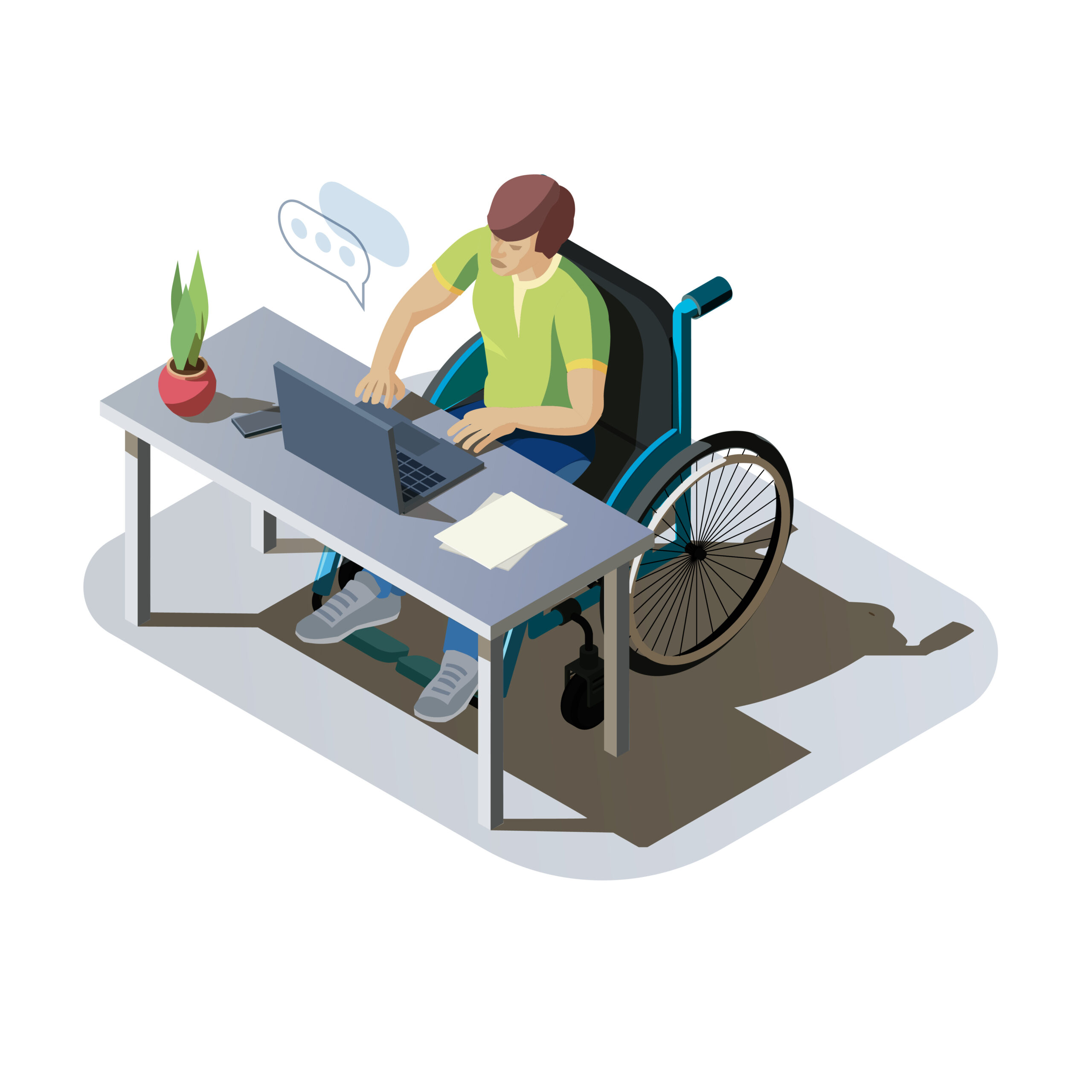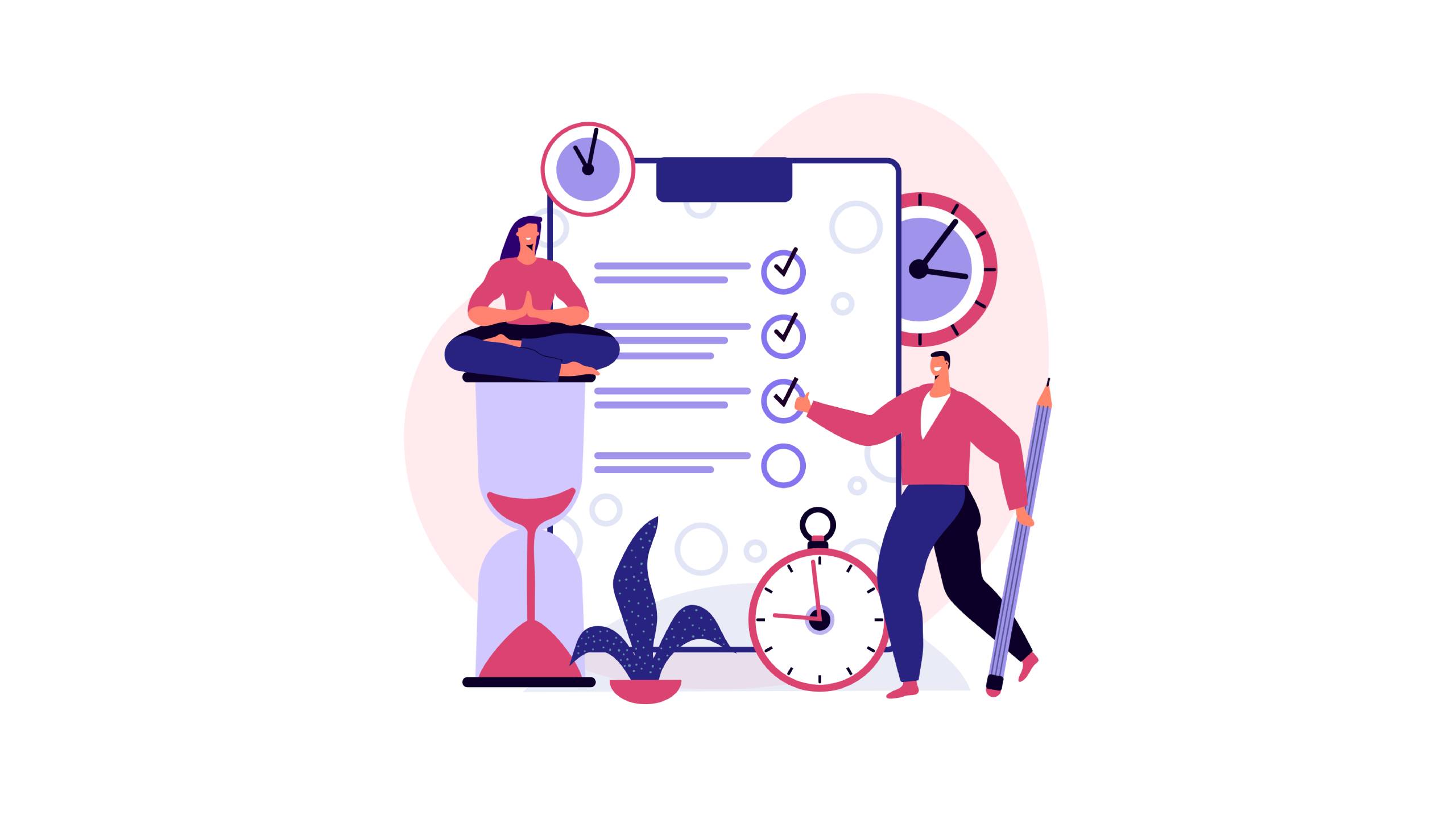When using the web, we often engage in a shared consumption experience, be that information, provision or entertainment. But for many users, that shared experience isn’t equitable due to disability and society’s lack of consideration when it comes to disabled users.
Disability Stats
In 2020, the Office of National Statistics reported that, in the UK alone, almost 11 million disabled adults were active or recent internet users.
That equates to roughly 81% of disabled adults in the UK and 1/4 of the UK’s adult population.
That’s too large of a number to overlook, and yet, as a society and an industry, we still treat it as an afterthought. If ¼ of your audience were obstructed from engaging with your business, you’d change something fairly urgently, right? Well, it turns out, that’s already the case.
Disability Examples
When we think of disability, we typically think of the more obvious physical ailments that limit movement or severe learning difficulties that limit communication and social integration. And whilst these can affect how a user engages with the web, there are also less obvious ailments that have a similar impact.
Some common examples of these include:
- Dyslexia
- Colour-blindness
- Partial and full blindness
- Partial or full loss of fine motor function
Solutions
Creating solutions or designing visual products with these disabilities in mind may seem daunting or restrictive, however there are simple things that we can bake into our default thinking to make our workflow subconsciously disability friendly.
Colour
A very common accessibility issue is contrast. High contrast levels between backgrounds and text make things easy for both dyslexic and colour-blind users. However, the extreme contrast of pure white and pure black is actually a bad choice for ALL users. It puts a lot of strain on the eyes and also makes reading difficult for dyslexic users. Consider an off-white pale grey to replace white and a charcoal grey to replace black. In the grand scheme of things, it won’t affect the visual for the majority of users, but will make a difference to the overall viewing health of your audience. Also, consider a golden ratio of 5:1 contrast as a bare minimum.
Text
Sans-serif fonts are a lot easier for dyslexic people to read, with Arial, Comic Sans and Verdana standing out as common options. Fonts should also be a minimum of 16px for body text as a basic readability standard.
Code and navigation
Writing semantically-rich (read: correct-by-the-book) code is important for people who are unable to use a touchscreen or a mouse with the relative ease of your typical user. These members of your audience are likely to use third-party peripherals or keyboard-only navigation to path through your site and by writing code correctly, you can make it much easier for these users and their tools to parse your content effectively. Semantic-rich code is also essential for the correct functionality of screen readers. This means using the correct tags and elements, rather than just relying on styling to create layouts and experiences. Whilst a <section>, a <div> and an <aside> tag can all be used to separate content and can be functionally similar, for a screen reader, they’re different with specific purposes. In the same way, you could style H1-H6, body text and <code> text to all look exactly the same, but again, a screen reader treats each of them in the originally intended manner. Without the code being written correctly, this can present a sub-par experience for those of your consumers with poor eyesight.
Overarching Point
Web and digital products are key tools in connecting us, our products and our services with our clients and communities, and there are simple but important steps we can take to make sure that everyone can engage with us, not just those without disability.
Source: Internet users, UK: 2020 – ONS

